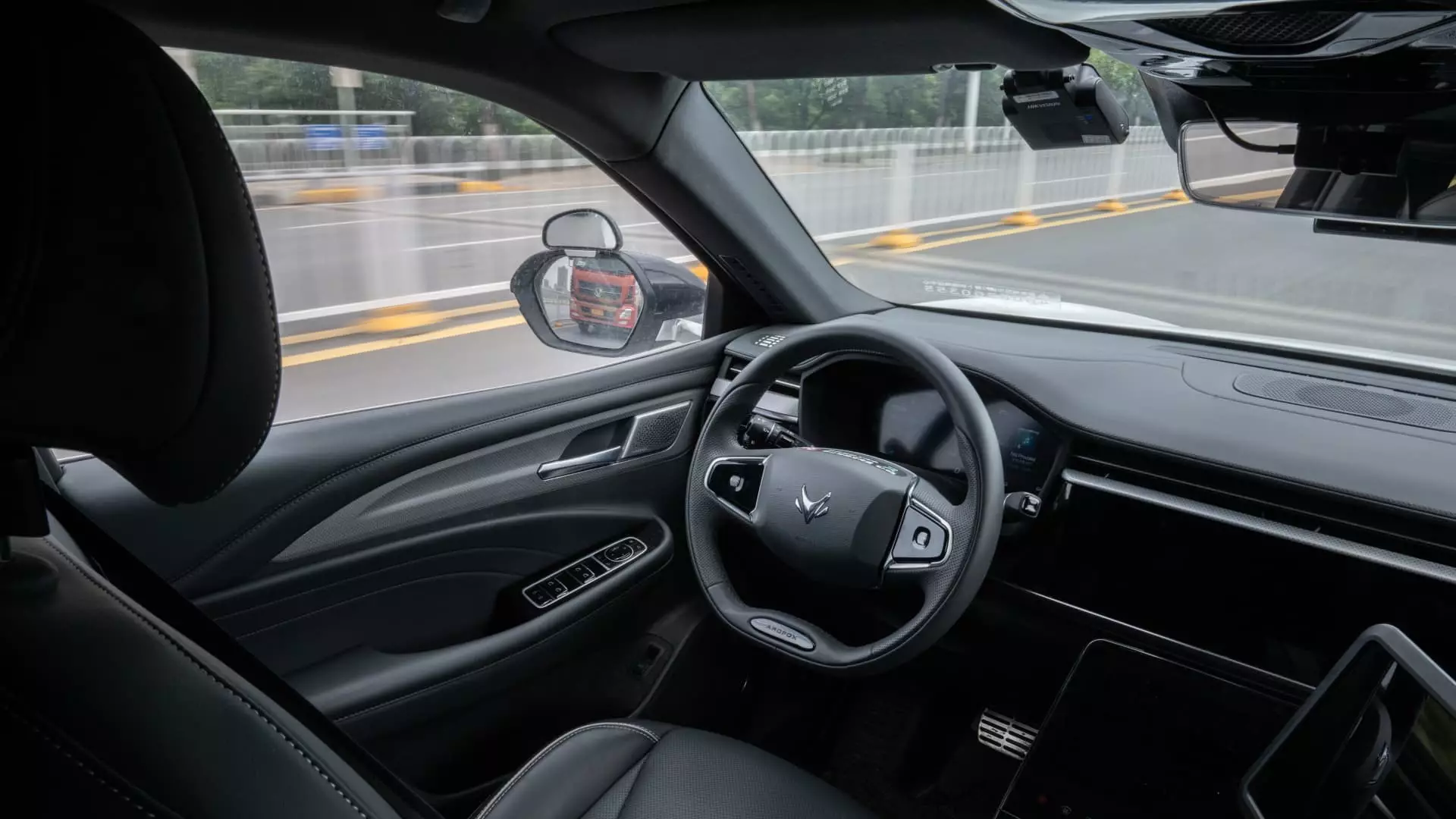China has been making significant progress in the development and deployment of robotaxis in recent years. Local Chinese governments, from Beijing to Guangzhou, have been allowing domestic players to operate robotaxi rides for the public. This has led to a surge in the popularity of robotaxis, with videos about fully autonomous driving taxi experiences becoming a trending topic on social media platforms like Douyin and Weibo. Baidu’s robotaxi unit, Apollo Go, has gained significant traction in Wuhan city, with plans to expand its fleet of fully driverless vehicles in the near future.
Impact on Taxi Drivers
While the rise of robotaxis has been met with enthusiasm from consumers, it has also raised concerns among traditional taxi drivers who fear losing their jobs to increasing competition. Some taxi drivers have expressed worries about the impact of robotaxis on their income, with reports of falling wages and reduced fleet sizes. The growing number of ride-hailing drivers and companies in China has prompted some local governments to implement restrictions on the industry, with cities like Guyuan and Guiyang suspending online ride-hailing businesses and new licenses.
The increase in robotaxi operators and ride-hailing drivers in China has led to a surge in the number of registered drivers, surpassing 7 million as of May 2022. This is double the number reported in July 2021. The Ministry of Transport reported a significant increase in the number of ride-hailing companies in China, from 241 in 2021 to 351 in May 2022. In comparison, the U.S. had nearly 400,000 taxi and ride-hailing drivers in 2022.
Chinese ministries have released plans to promote cloud-connected cars, with tests of low-speed unmanned vehicles in pilot regions. A list of 20 initial pilot cities, including Beijing, Shanghai, Chongqing, and Wuhan, has been identified for testing robotaxis in suburban areas. Beijing has allowed robotaxi operators like Baidu’s Apollo Go and Pony.ai to collect fares from the public for rides with a safety driver, with plans to eventually remove all staff from vehicles. Draft rules released by Beijing put the responsibility of robotaxi traffic violations on the car owner and manager in the absence of a driver.
Future Outlook
Baidu CEO Robin Li has expressed optimism about the future of robotaxis in China, with more than 70% of Apollo Go rides in April being fully driverless. He predicts that this share will reach 100% in the coming quarters, allowing Apollo Go to break even in Wuhan first. The city of Hubei has ambitions of becoming the world’s first autonomous driving city, despite concerns raised by some about the impact on traditional drivers. In the short term, there are mixed views on whether autonomous driving can completely replace human drivers.
The rise of robotaxis in China presents both opportunities and challenges for the transportation industry. While consumers stand to benefit from the convenience and efficiency of autonomous taxi services, traditional drivers may face job displacement and reduced incomes. It is crucial for policymakers and industry stakeholders to address these issues and ensure a smooth transition to a future where robotaxis coexist with traditional transportation services.

